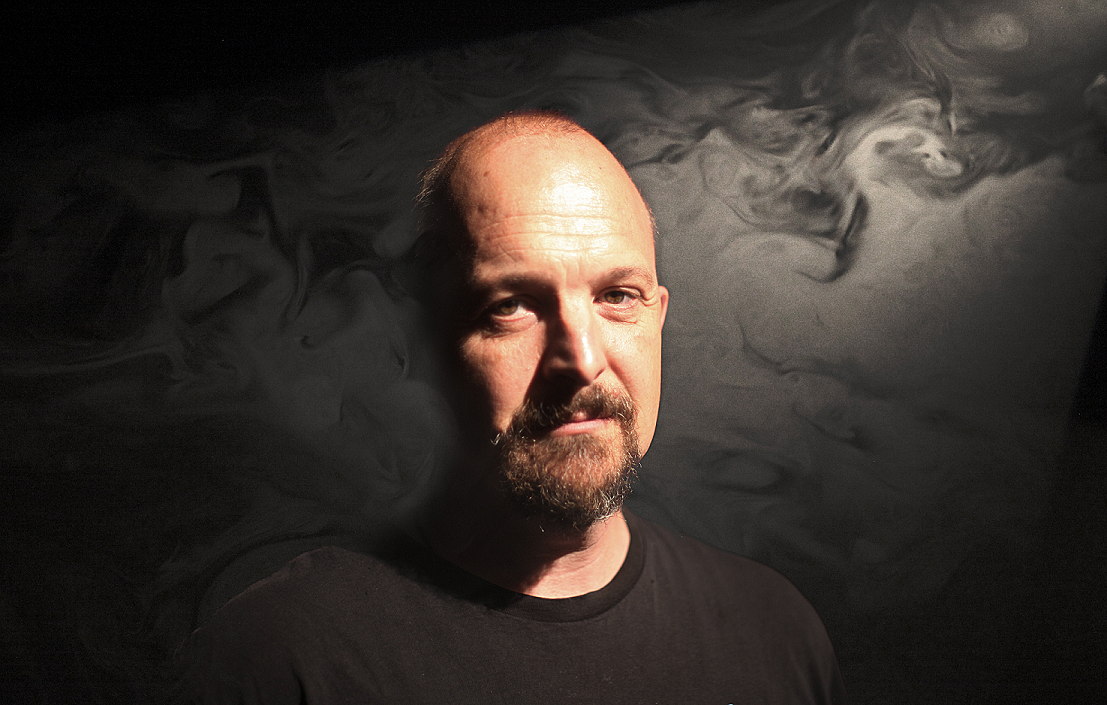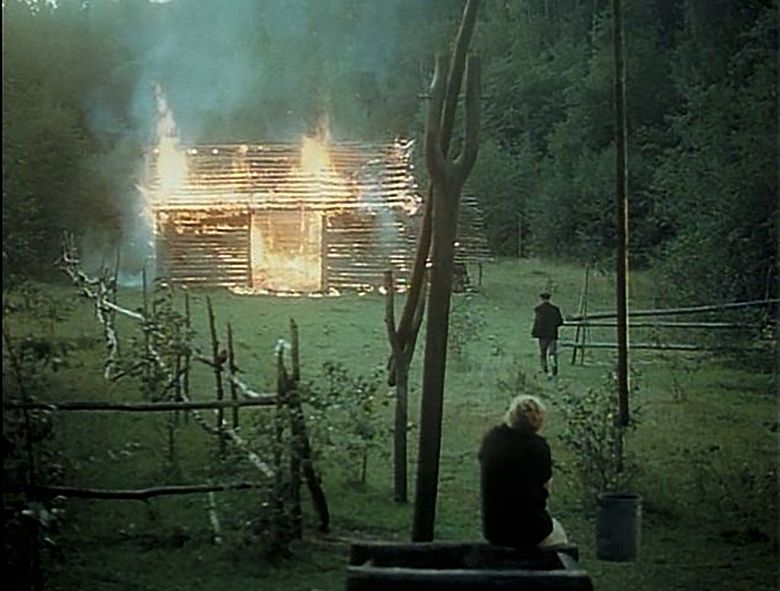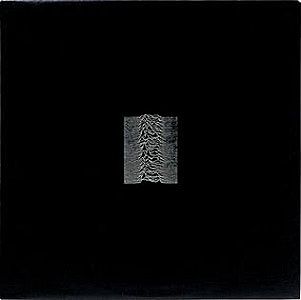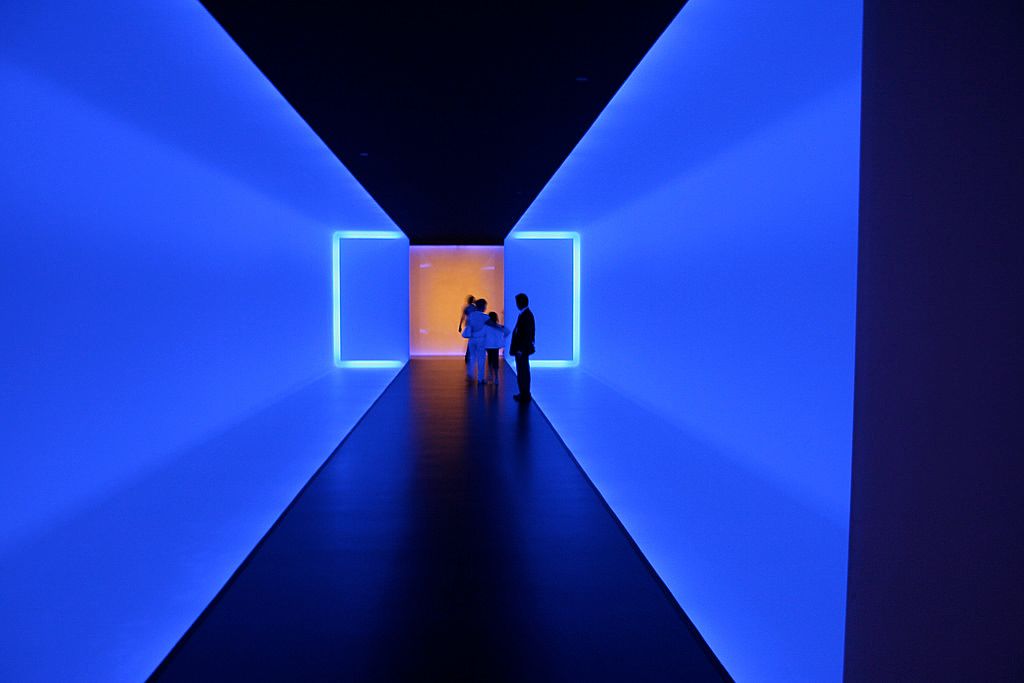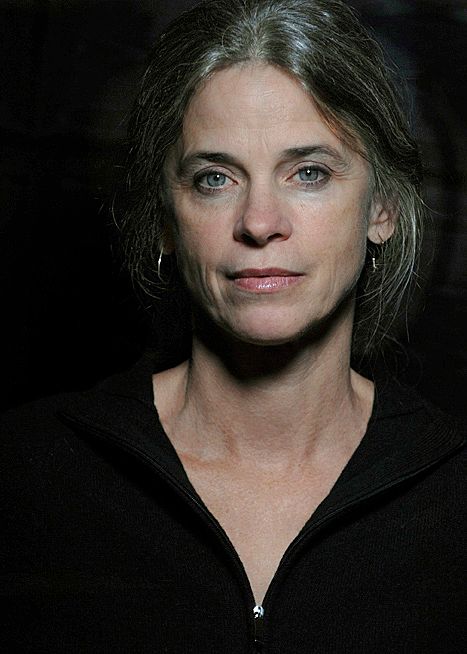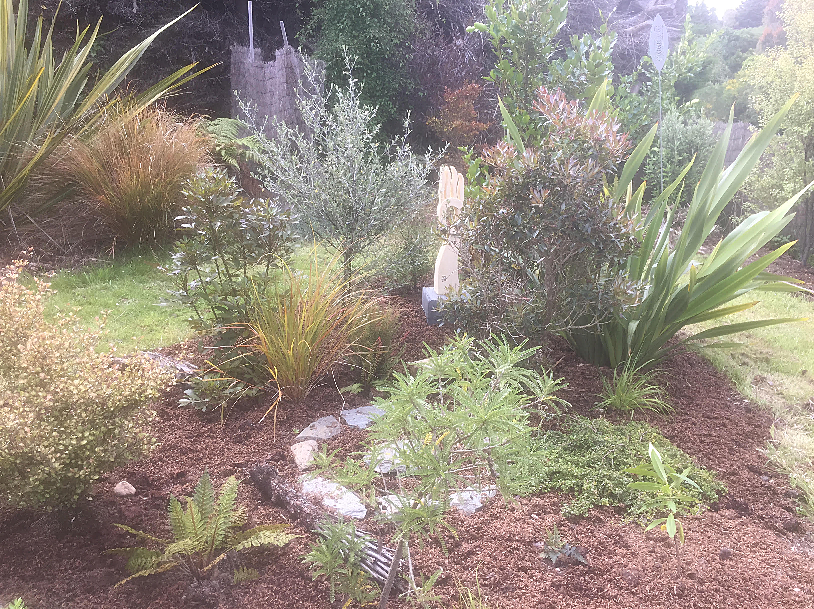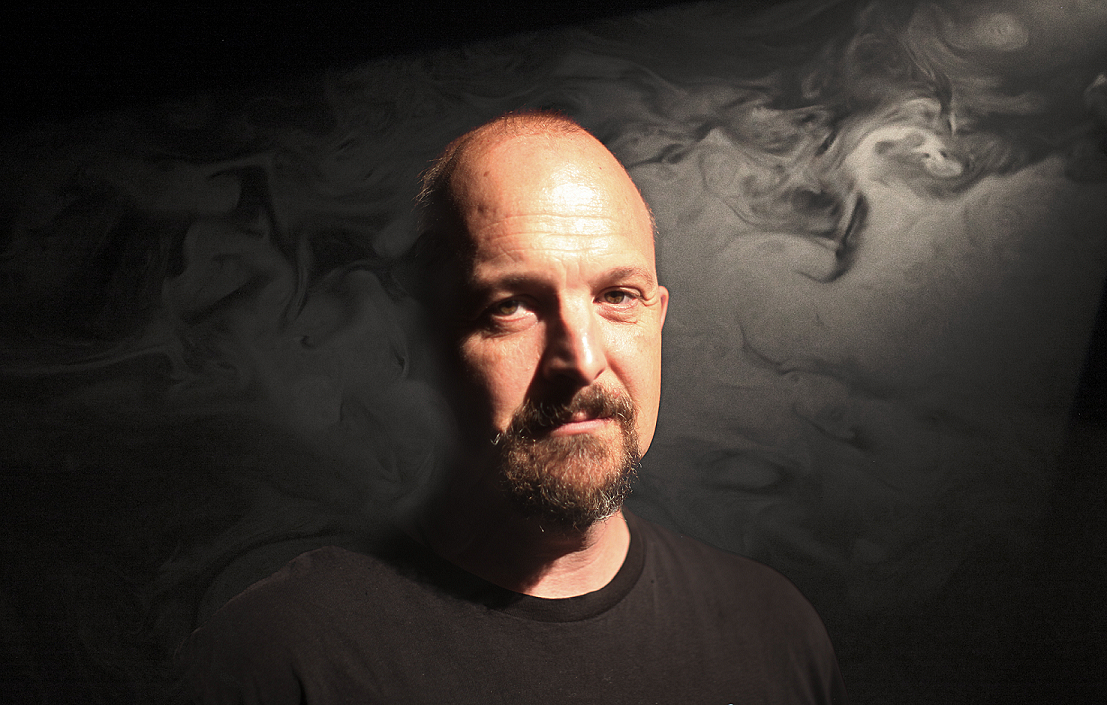Loose Canons: Martyn Roberts
Loose Canons is a series where we invite artists we love to share five things that have informed their work. This week: Martyn Roberts, the lighting designer and director behind Dark Matter.
Loose Canons is a series where we invite artists we love to share five things that have informed their work. Meet the rest of our Loose Canons here.
Martyn Roberts is a lighting designer and director who is currently based in Dunedin. Martyn made his name in Wellington in the 1990s, collaborating with the infamous and influential theatre company Trouble on plays like Mouth, Black Monk and The Lead Wait and developing Chapman Tripp Theatre Award-nominated and -winning designs for productions like Circa's Copenhagen, Albert Belz's Yours Truly, and Maui: One Man Against The Gods.
Martyn is a co-founder of afterburner, a loose collective of designers, theatre-makers, artists and performers based in Wellington and Dunedin. Starting with 2001's Man on the Moon, a limited-run performance described at the time as "Mr Bean directed by David Lynch," Martyn has directed and designed several installations under this umbrella, including 2002 STAB production The Telescope, 2005's award-winning Fog and Mirrors (a series of lighting installations around Wellington's power pylons, alleyways and breweries) and 2008's The Singularity. afterburner's latest project is Dark Matter, opening February 16 at Te Whaea as part of the New Zealand Fringe Festival.
Martyn is also a photographer. His latest photo exhibition, Bright Chrysalis, opens on March 9 at Mint Gallery in Dunedin.
Andrei Tarkovsky
I first watched Solaris at the Paramount one Sunday afternoon in the 90’s and I was immediately taken in by the imagery: the use of very ordinary locations as fantastical spaceports, the semi-destroyed architecture of the space station full of wires and fizzing old television monitors. The Tokyo freeway scene, as a journey to another planet, still has to be the best way to convey the chaos of rocket travel. Most important to me (and indeed to many others influenced by the small body of work he made before his death in 1986), however, is the way Tarkovsky used pace. His at times agonisingly slow long takes bring a introspective quality to his work; coupled with extraordinary sound design, they become profound meditations on the human condition.
It is in the final scene of The Sacrifice where Tarkovsky really reached a high point in his craft. I won’t tell you what happens, because the catharsis that comes from the reveal is intense; you simply have to see the whole film to realise that this moment you are witnessing is both ecstasy and despair for both character and viewer. We become fused together and Tarkovsky refuses to turn the camera off.
I often say ‘this is a Tarkovsky moment’ when reaching towards the kind of pace that I am seeking for my work. Dark Matter, in a way, is attempting this.
Unknown Pleasures by Joy Division
Lent to me by Brent in my art class back in 1982, it had the linen cover, the enigmatic album art by Peter Saville, that haunting image by Ralph Gibson on the inner sleeve. It had me at ‘hello’, but when the needle went down on the industrial motorway rhythms, grating guitar, the chrome sheen of synths and Ian Curtis’s baritone, I was changed. Gone was my fixation on the top 40; here was a new wind direction. This was music from another world.
Unknown Pleasures remains a go-to for me when I need to get outside of myself, to move outside of whatever I may be wrestling with creatively. A highlight is the track New Dawn Fades, with the discordant guitar and staccato drums twitching alongside Ian’s plea for some form of release from inner chaos.
James Turrell
An American artist working with light, Turrell has made some fantastic works that play with depth perception and how we understand the space around us. His most extraordinary work involves the creation of a series of light viewing portals inside a volcanic cinder cone called Rodin Crater. He has been working on it since 1977 and it still isn’t finished!
His work on a smaller scale is what drew me to him. He makes installations that defy space. The light he creates within carefully-constructed forms has the quality of tricking the mind into seeing the infinite. His ongoing series Projection Pieces plays with single light sources into rooms: here, he shows us light as a three-dimensional form, as a solid shape.
It was when I finally managed to see one of his WedgeWorks that I understood what it was I had been playing around with in my own work. Light is a form in its own right. For me, it is a substance as much as paint is for a painter: I attempt to draw with light, sensing it as a malleable object in space. That it can reflect back our world back to us is a miracle of science, but when it becomes a substance to play with, it is sheer delight.
Sally Mann
Mann’s later works - Deep South, What Remains and Proud Flesh - are, for me, a series of great places in which to lose myself. The landscapes, twisted bodies and decomposing flesh are a source of humility. Her eye is extraordinary in the way it is unflinching in the face of decay. I love her photo Nose Bleed for that reason: here is her own son, blood pouring from a wound, and her instinct takes her to the camera first. It is uncompromising in both the challenge that the decision presents, and in the purity of the resulting image.
In Deep South, Mann’s landscapes cry out with pain. They’re haunted with the ghosts of battlefields and slavery, wrestling with the question: how do you reconcile a society built on slavery, a society torn apart even today by those battlelines? Proud Flesh is the journey of her husband’s crippling muscular disease, and the very idea of ‘dis-ease’ is all over it. As with Nose Bleed, I find Mann’s comfort in her camera in Proud Flesh a great inspiration. In NZ, we have the likes of Fiona Pardington doing such honest work; as a photographer, I can only wish for such unabashed honesty.
Gardening
Gardening is something I have discovered recently, in the last five years, largely due to living in a special part of NZ (Brighton, just out of Dunedin) and having the most beautiful gardening companion in my wife, Hilary. Together, we are creating a bolt hole from the chaotic world we seem to be drifting into, and the delight that comes from picking veges for our dinner, bottling apples and quinces and providing shelter for the birds in the new native trees is endless. Gardening allows me to be creative with the Earth, to anchor myself to the ground and make some kind of peace with the way we as species actually treat the planet. If together, collectively, all of us, we can make little places that add to the world, we can only hope the legacy of those trees we plant will bring joy to others long after we have gone. Gardening is about being selfless, and losing oneself in the moment.
Dark Matter is on at Te Whaea, 11 Hutchison Road, Newtown, Wellington
Thursday 16 February – Monday 20 February as part of the New Zealand Fringe Festival 2017
For more information on Dark Matter, see here.
